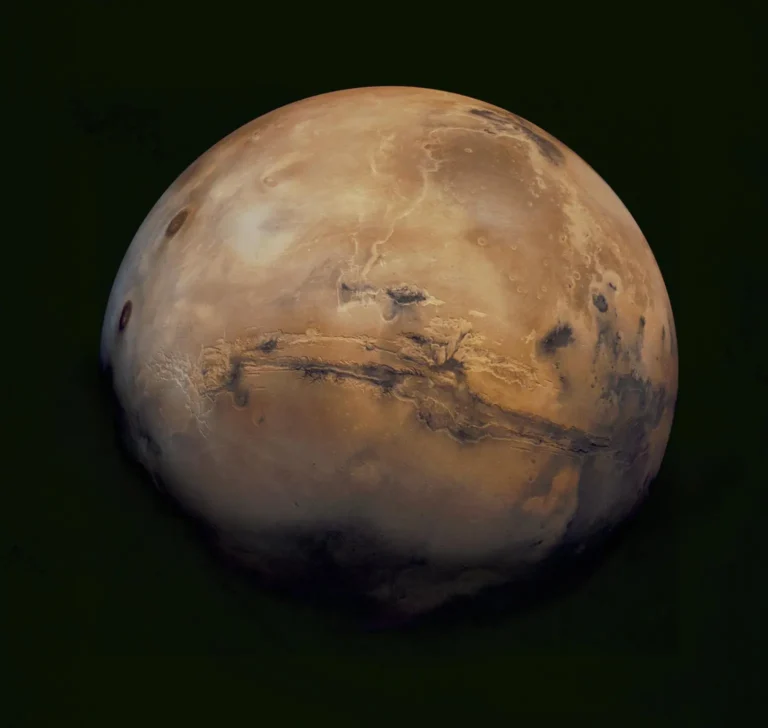
Key Takeaways:
NASA’s Juno mission captured a marvelous image of volcanic activity during its second flyby of Jupiter’s moon Io on Feb. 3.
The spacecraft snapped the image of two plumes with its visible-light camera JunoCam as it skimmed 2,400 miles (3,800 km) above Io’s surface. The trails may be from one giant volcano or two smaller ones on Io’s terrain, according to a release.
The flyby, in which Juno got as close as 930 miles (1,500 km) to the surface, was the spacecraft’s second visit to Io. Its first flyby was Dec. 30 last year. Scientists planned both trips to collect data on Io’s volcanic surface and to see whether the moon hosts an ocean of magma underneath its rocky surface. Researchers will compile data from both flybys to understand the origin of the plumes.
A stressed moon

Io is the most volcanically active world in the solar system with a surface riddled by hundreds of volcanoes. Its plumes of lava that burst high above the surface were first noticed in March 1979 by the Voyager 1 spacecraft. The pull of Jupiter’s gravity — as well as periodic tugs from a pair of neighboring moons, Europa and Ganymede — creates a tidal bulge in Io’s solid crust, and as it flexes, it creates intense heat. This heat powers Io’s signature plumes and lava fountains.
The moon is so active that the lava spewed from within coats the surface with new deposits faster than incoming asteroids or comets create impact craters, making it difficult to decipher the age of a given region. (On most planets and moons, the more craters a region has, the older it is.) While Io does not hold water, it features lakes of silicate lava. This tumultuous environment makes Io an unlikely place to host life. Still, researchers are interested in studying Io because it might unlock secrets about volcanic activity in the solar system.








